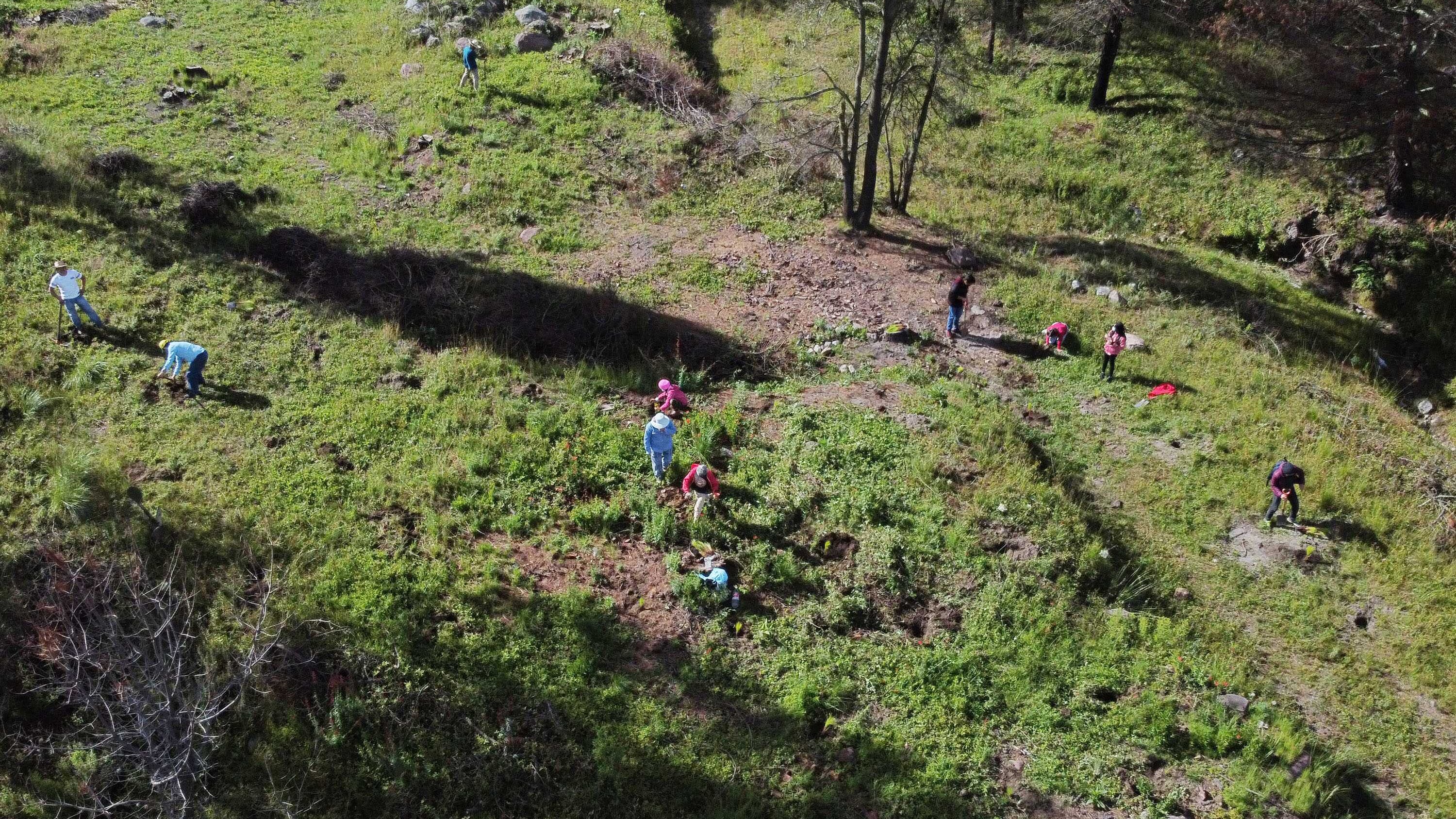Puebla Governor Alejandro Armenta announced the construction of three ecoparks in different areas of the state: La Malinche, Sierra Negra, and the Iztaccíhuatl-Popocatépetl area. He assured that this project will be carried out with transparency, controlled costs, and without repeating past practices.
During a press conference, Armenta emphasized that these ecoparks will cost “one-tenth” of what was invested during the period known as Morenovallismo, referring to projects such as the International Baroque Museum, for which millions of dollars in debt are still being paid.
“They will cost one-tenth of what was spent under the old regime to build projects like this building or the Baroque Museum. Furthermore, everything will be done in compliance with procedures and in conjunction with our federal institutions,” the governor stated.
He revealed that, as part of the inherited debt, the state of Puebla still owes 7.845 billion pesos over the next 15 years, primarily for the construction of the Baroque Museum. This represents an annual outlay of 523 million pesos.
Land Purchase at a “Fair Price”
The governor assured that the 60 hectares needed for the construction of the eco-park in La Malinche will be acquired at a fair price, without intermediaries or pretenses, a policy that, he said, will also apply to the other two projects.
Infrastructure Secretary José Manuel Contreras added that all agencies involved have been instructed to act under criteria of fairness and transparency in the purchase of property.
Ecopark in Sierra Negra, with a scientific and tourism focus
One of the most ambitious projects will be the ecopark in the Sierra Negra, near Citlaltépetl (Orizaba Peak), which includes improvements to the access road to the Large Millimeter Telescope and the construction of a science museum, with the goal of positioning the area as a world-class tourist and educational destination.
The Secretary of Humanities, Celina Peña, explained that the design and development of this new road will be led by architect Román Meyer, current infrastructure project coordinator for President-elect Claudia Sheinbaum, and also responsible for the Rosario Castellanos universities that will be established in Puebla and other states.

Source: publimetro




